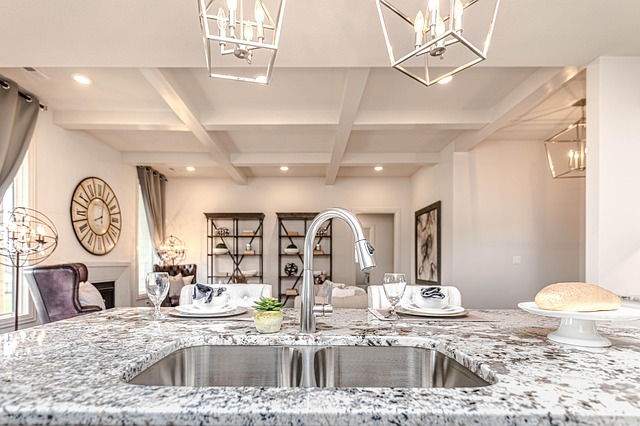
When it comes to upgrading a kitchen, few decisions influence both daily function and long-term value as much as the countertops. Beyond their role as a visual centerpiece, countertops handle the brunt of food preparation, spills, and constant cleaning. Selecting the right surface requires more than admiring samples under showroom lighting — it demands a careful look at how your kitchen is actually used.
Understand Your Kitchen’s Workload
Begin by considering the intensity of use. A busy family kitchen with frequent meal prep, heavy appliances, and children might call for a highly durable surface like quartz or solid surface composites. These materials resist staining and don’t demand frequent sealing. In contrast, a home where cooking is occasional and entertaining is the focus could benefit from more distinctive options such as marble or butcher block, which offer aesthetic warmth but require attentive upkeep.
Match Material to Maintenance
Every countertop material carries its own maintenance profile. Granite and marble bring natural beauty but need sealing to resist moisture and staining. Quartz is largely nonporous, simplifying cleaning and reducing upkeep. Butcher block can handle direct cutting yet benefits from regular oiling to prevent dryness. Understanding the reality of maintenance helps avoid disappointment and unexpected costs down the road.
Think Beyond Color and Pattern
While color coordination matters, texture and edge profile also influence how the countertop fits into your kitchen’s workflow. Rounded edges are more forgiving in tight spaces, while crisp edges deliver a modern appearance but can chip more easily. Textured finishes can help disguise minor wear but may be more challenging to clean thoroughly.
Evaluate Cost Over Time
A countertop’s price tag isn’t limited to installation day. Some materials stay attractive for decades with minimal effort; others demand periodic professional refinishing or sealing. Consider long-term maintenance and replacement costs alongside initial pricing. This perspective can reveal that a higher upfront investment may ultimately cost less than repeated repairs.
Measure Compatibility With Existing Features
Countertops interact with cabinetry, backsplashes, and lighting. A reflective surface may amplify brightness under task lighting, while a matte surface softens the look but may show fingerprints differently. Before finalizing your choice, view samples in your actual kitchen environment, under your lighting conditions, to gauge the true effect.
The Bottom Line
Selecting a kitchen countertop isn’t only about aesthetics — it’s about aligning material, maintenance, and cost with the way you live. By assessing durability, upkeep, design details, and long-term value, you can confidently choose a surface that enhances both your kitchen’s performance and its appeal for years to come.

Recent Comments